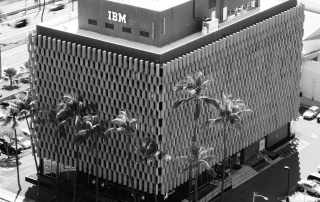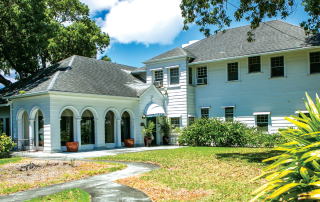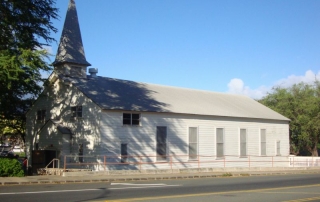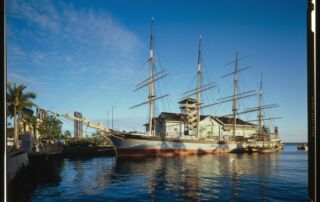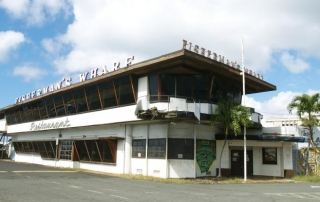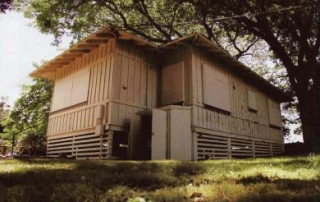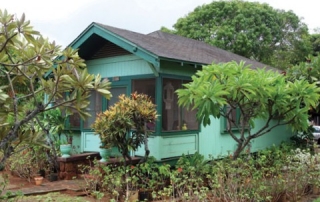Honolulu Advertiser Building (2010)
UPDATE: 2013 Articel Written By: Victoria Wiseman, HONOLULU Magazine It’s mixed news for the old Honolulu Advertiser building. A year ago, the 1929 Beaux Arts-style structure was purchased by Honolulu- based developer Downtown Capital and is now being converted into workforce housing. The back portion, where the printing press and warehouse were located, has already been torn down and converted into a high-rise. The old editorial office building is on the block for phase two of the project. The builder will retain the historically significant features of the news building, which include the front façade facing Kapi‘olani Boulevard as well as the lobby and the stairway, but the rest will be demolished and replaced with a 46 story tower and parking structure. Although some history will be saved, it’s not much of a win for preservation. “The entire building tells the entire story. When you start only saving the front façade, you’re ignoring the whole story,” says Faulkner. UPDATE: 2012 According to the Star-Advertiser, the Hawaii Five-O TV series uses the site for offices and filming. A local affordable housing developer has arranged to buy the former Honolulu Advertiser building in Kakaako, and envisions building two towers of affordable condominiums on the site while preserving the historic News Building. The plan by Marshall Hung and partner Tradewind Capital Group Inc. is the latest in a string of development efforts for the property. LISTED AS ENDANGERED IN 2010 Article Written By: Jenny Quill, HONOLULU Magazine What is it? The Honolulu Advertiser, Hawai‘i’s oldest continuously published newspaper until this year, when it merged with The Honolulu Star-Bulletin, moved to 605 Kapi‘olani Blvd. in 1930. Architects Walter Emory and Marshall Webb designed the three-story, Beaux Arts-style building, which was home to the newspaper’s news, advertising and administrative offices. On both the National and State Registers of Historic [...]



